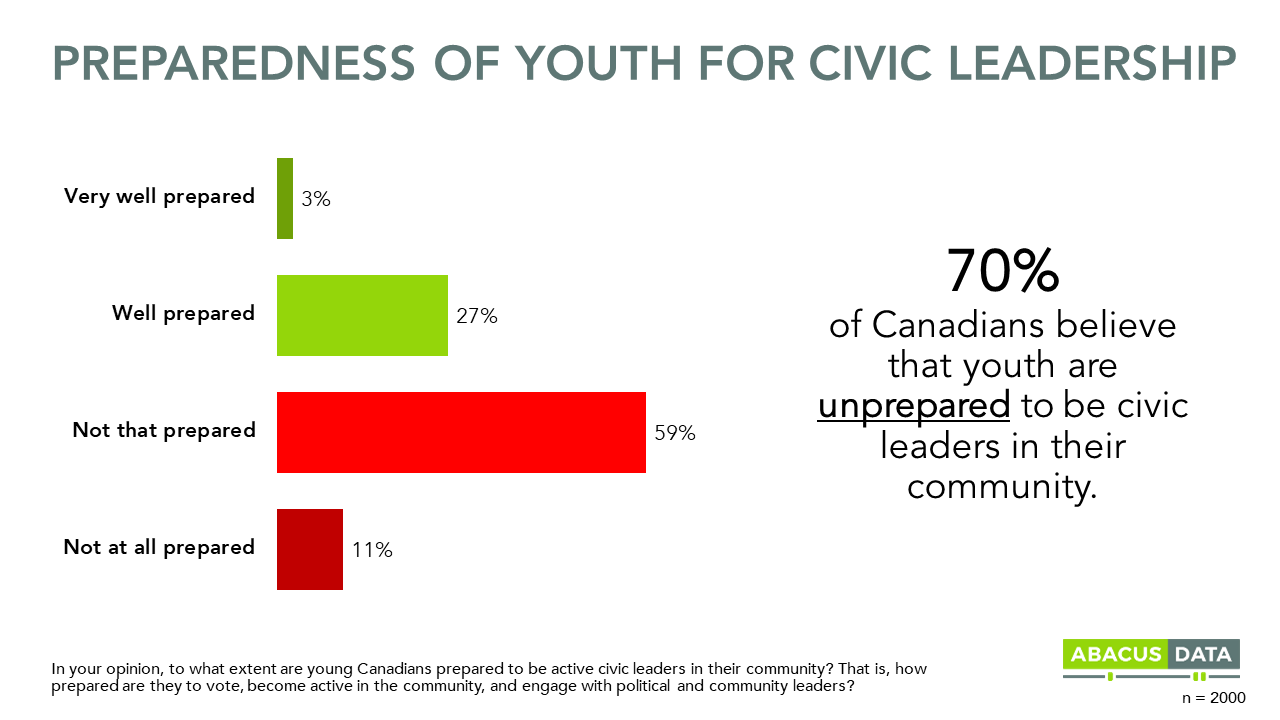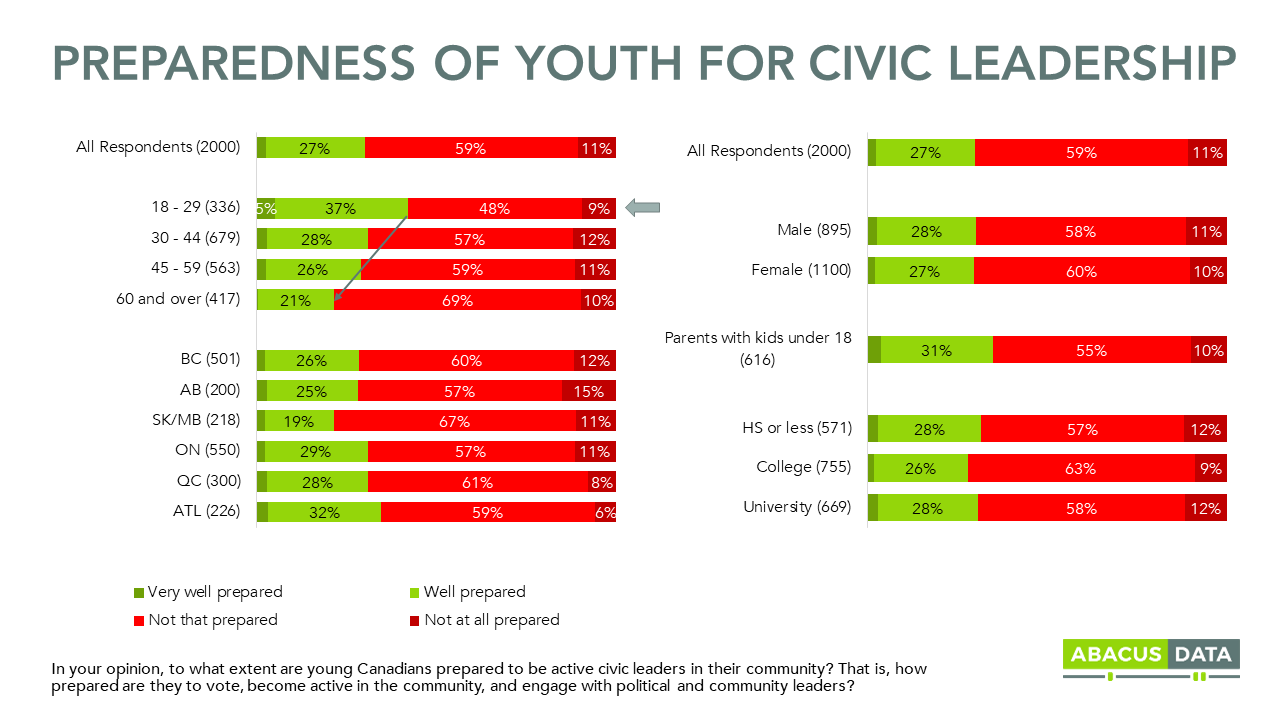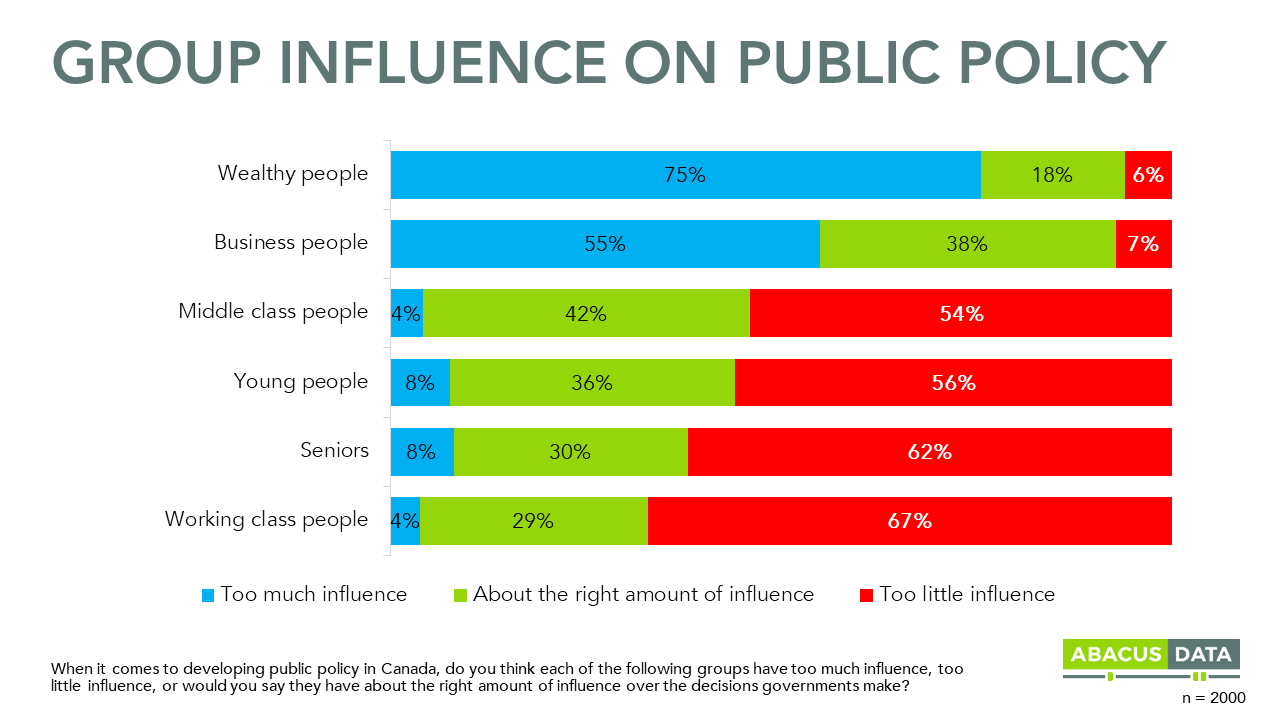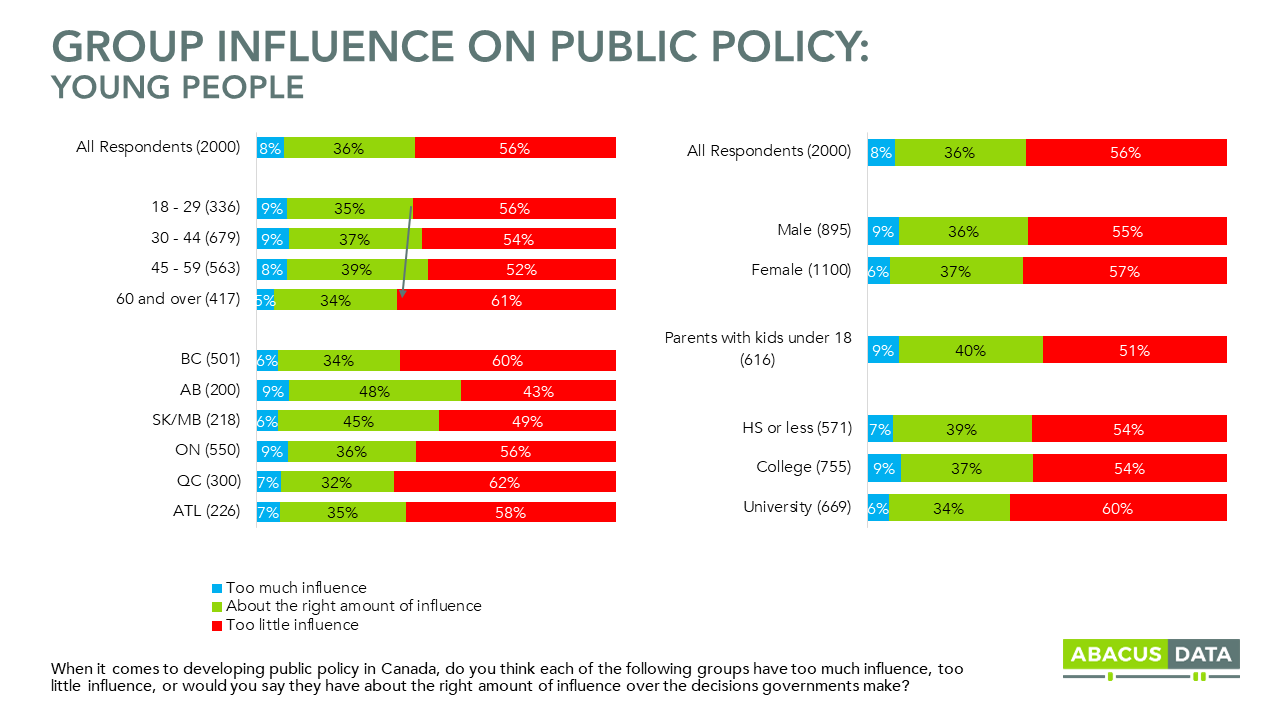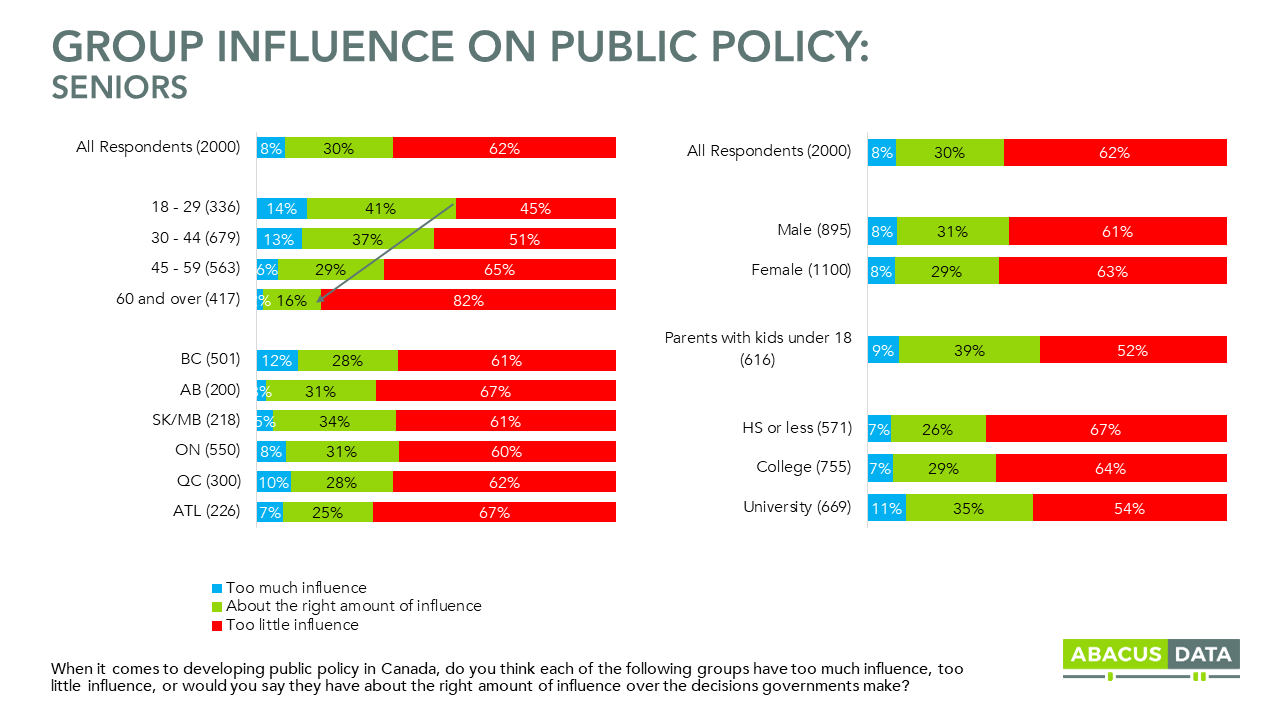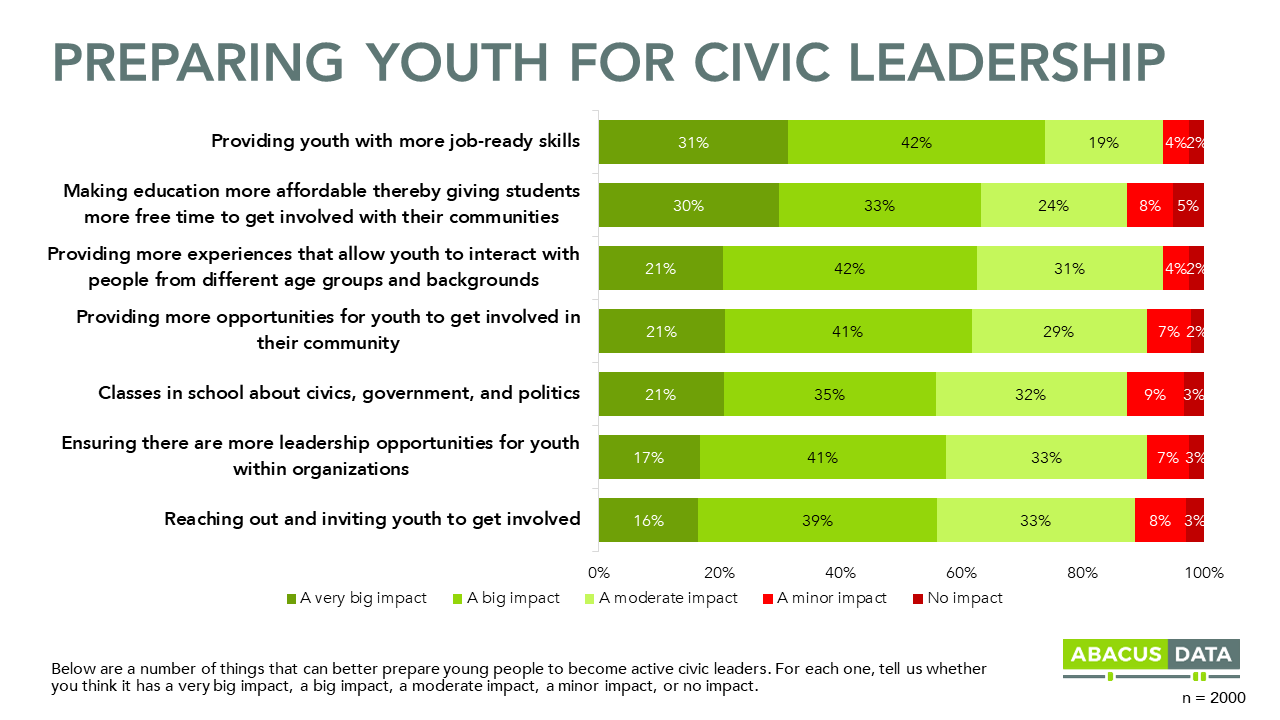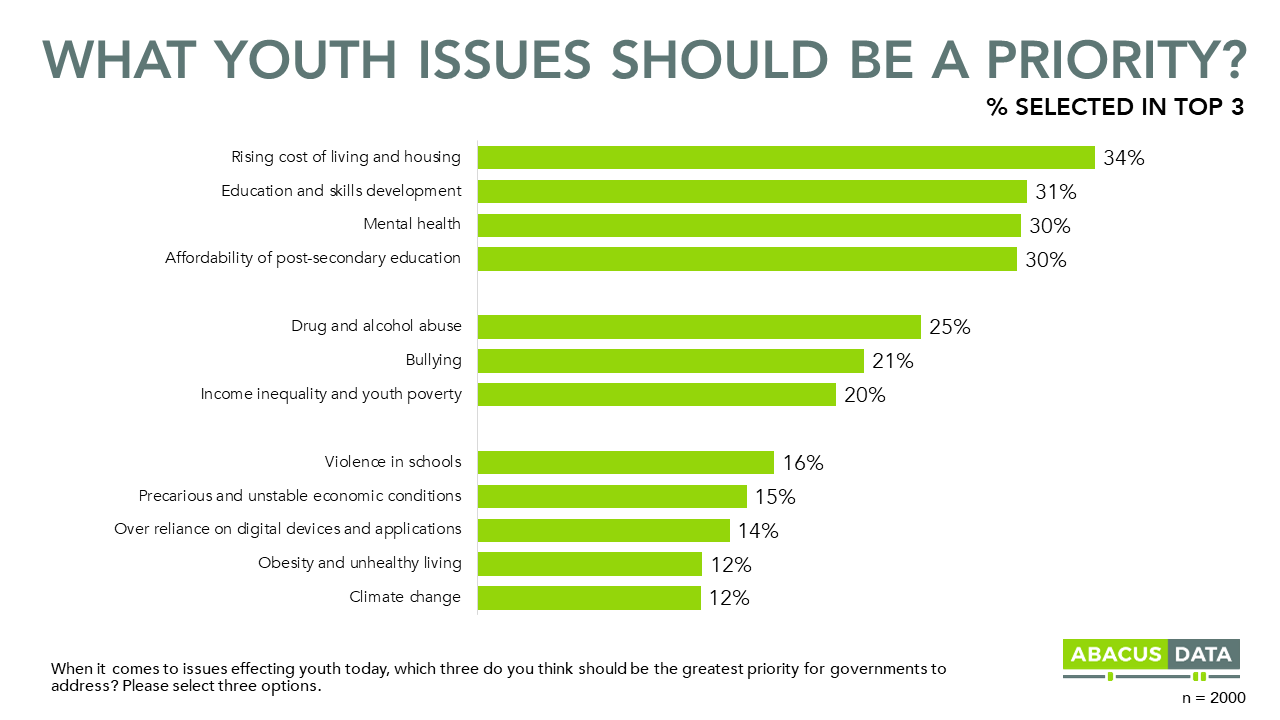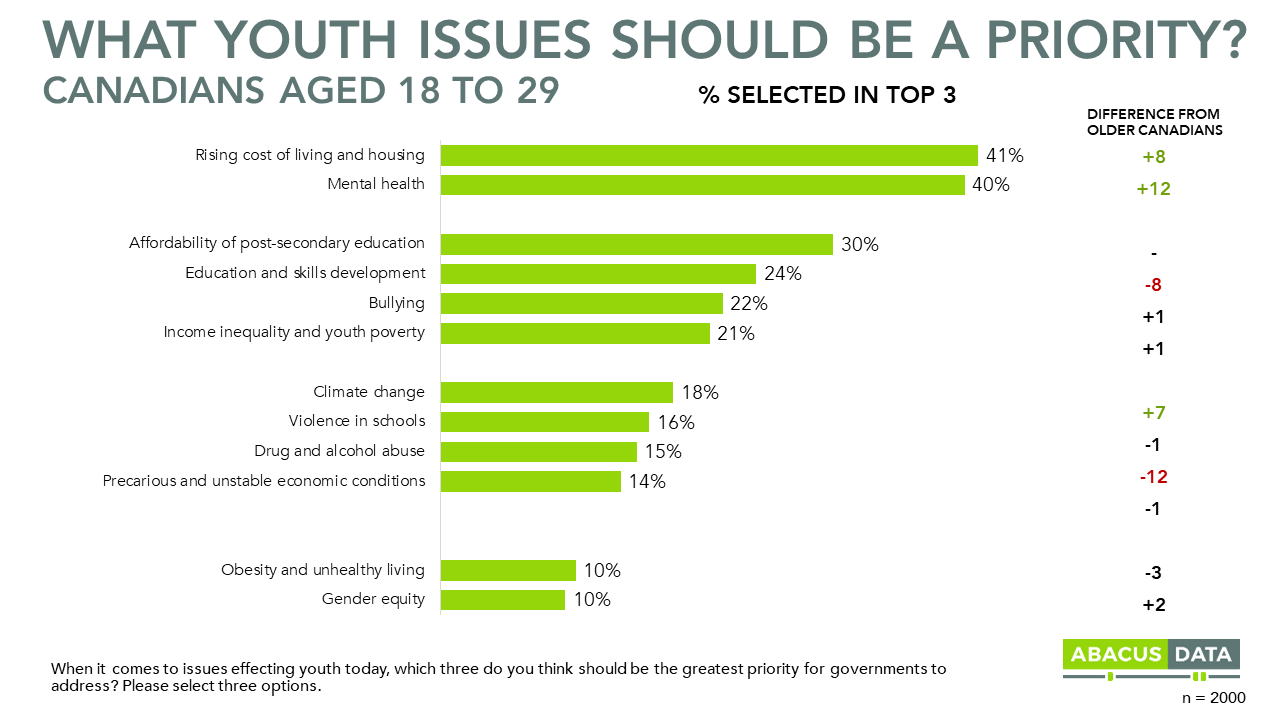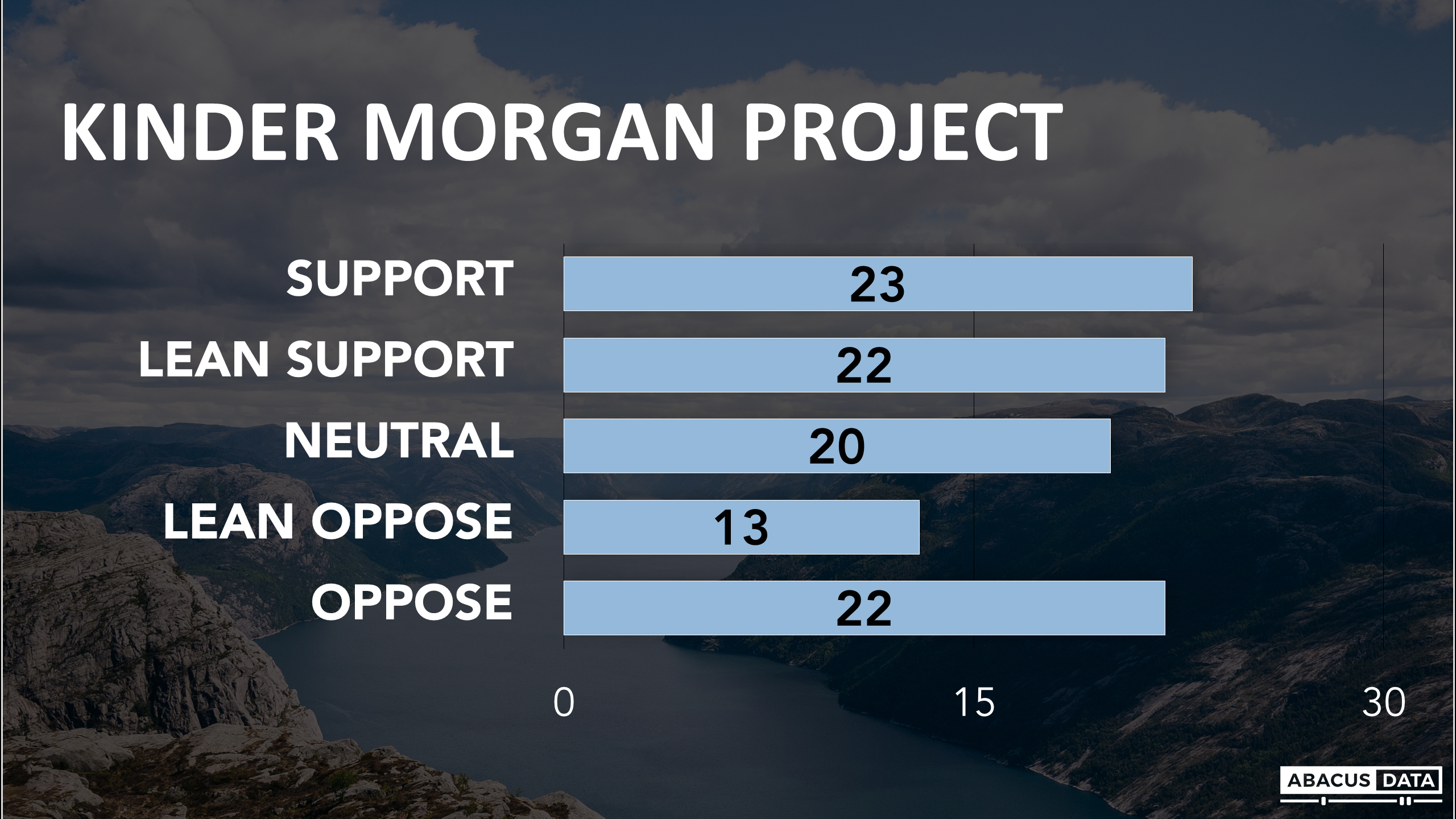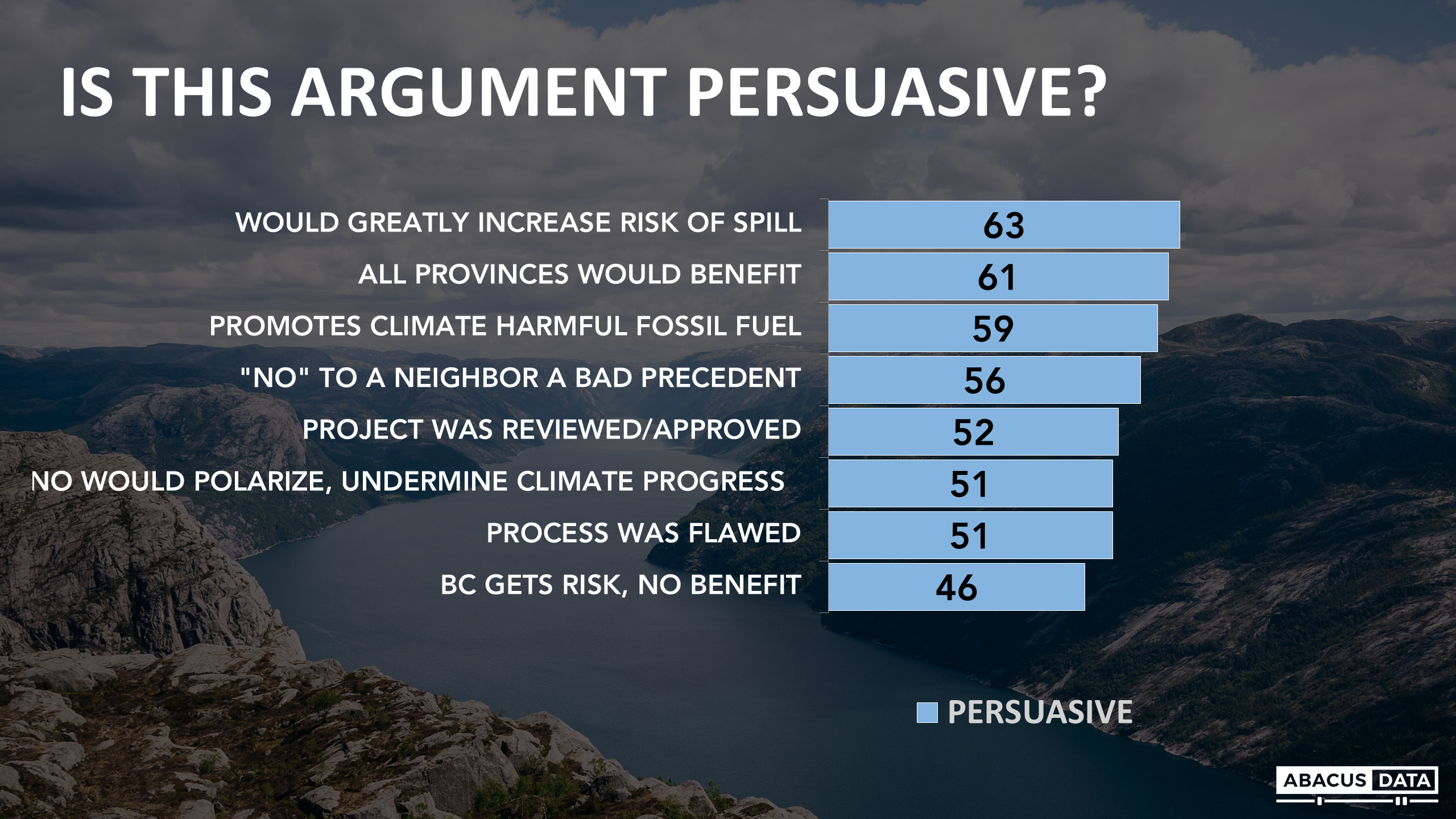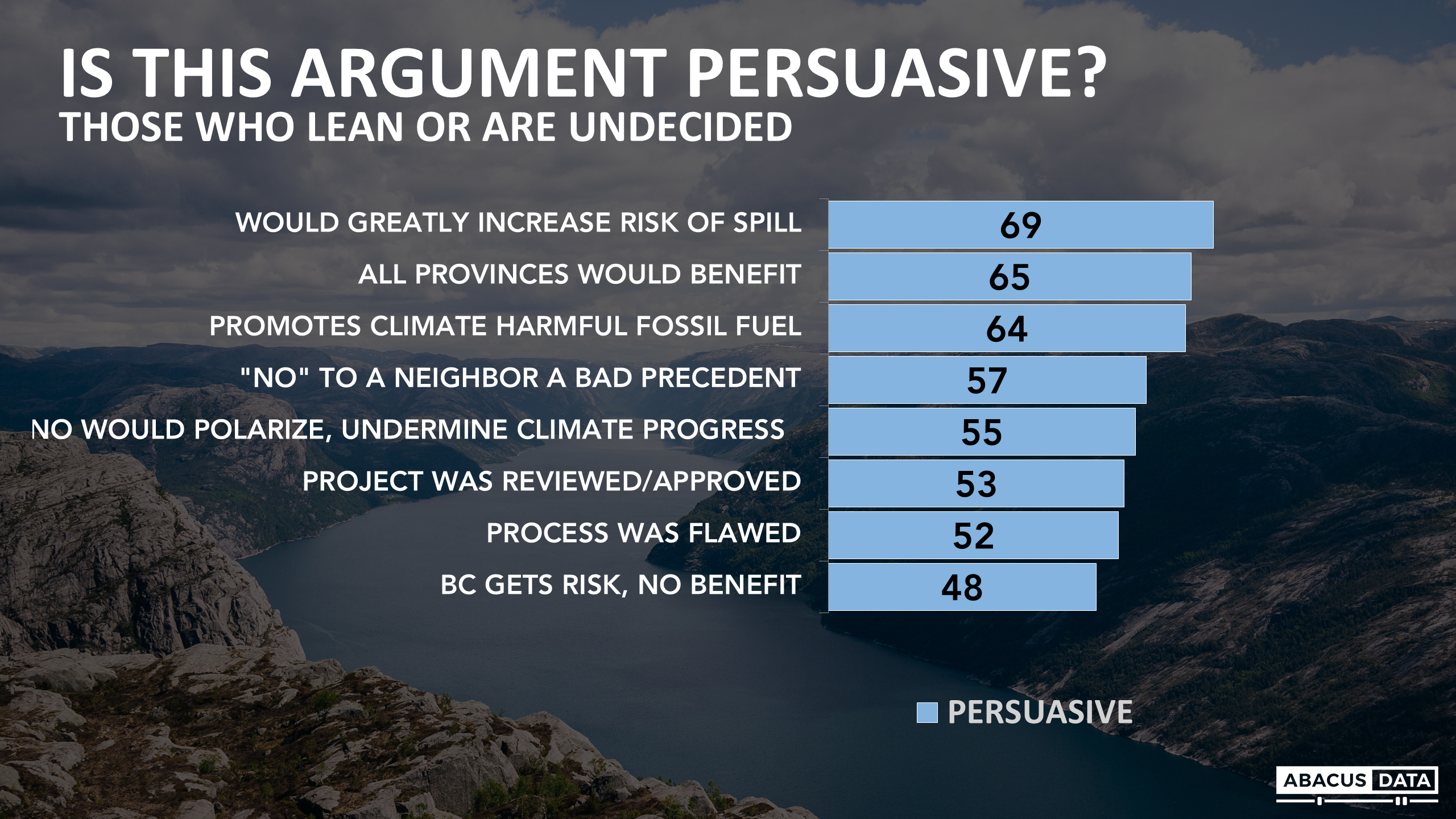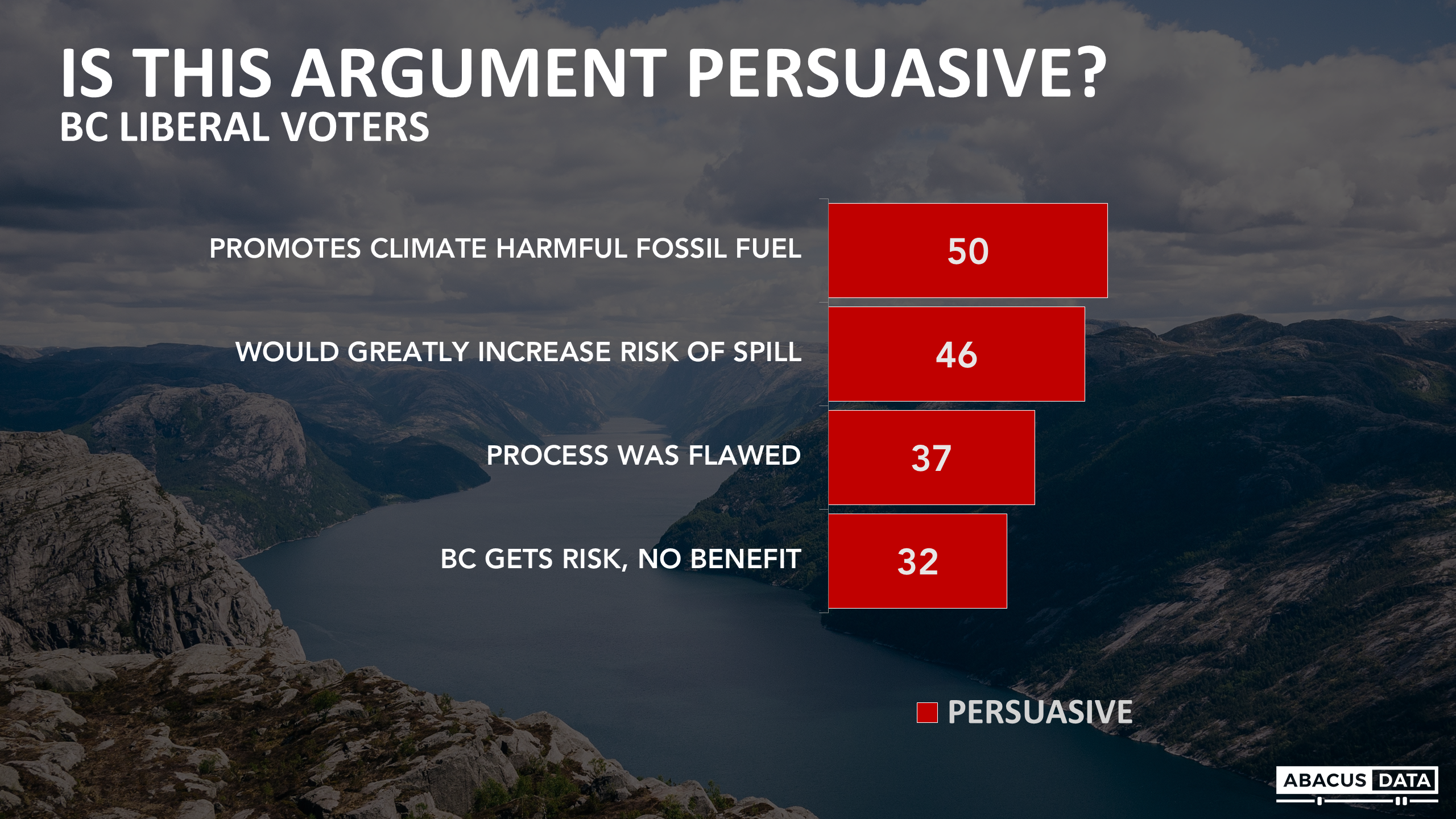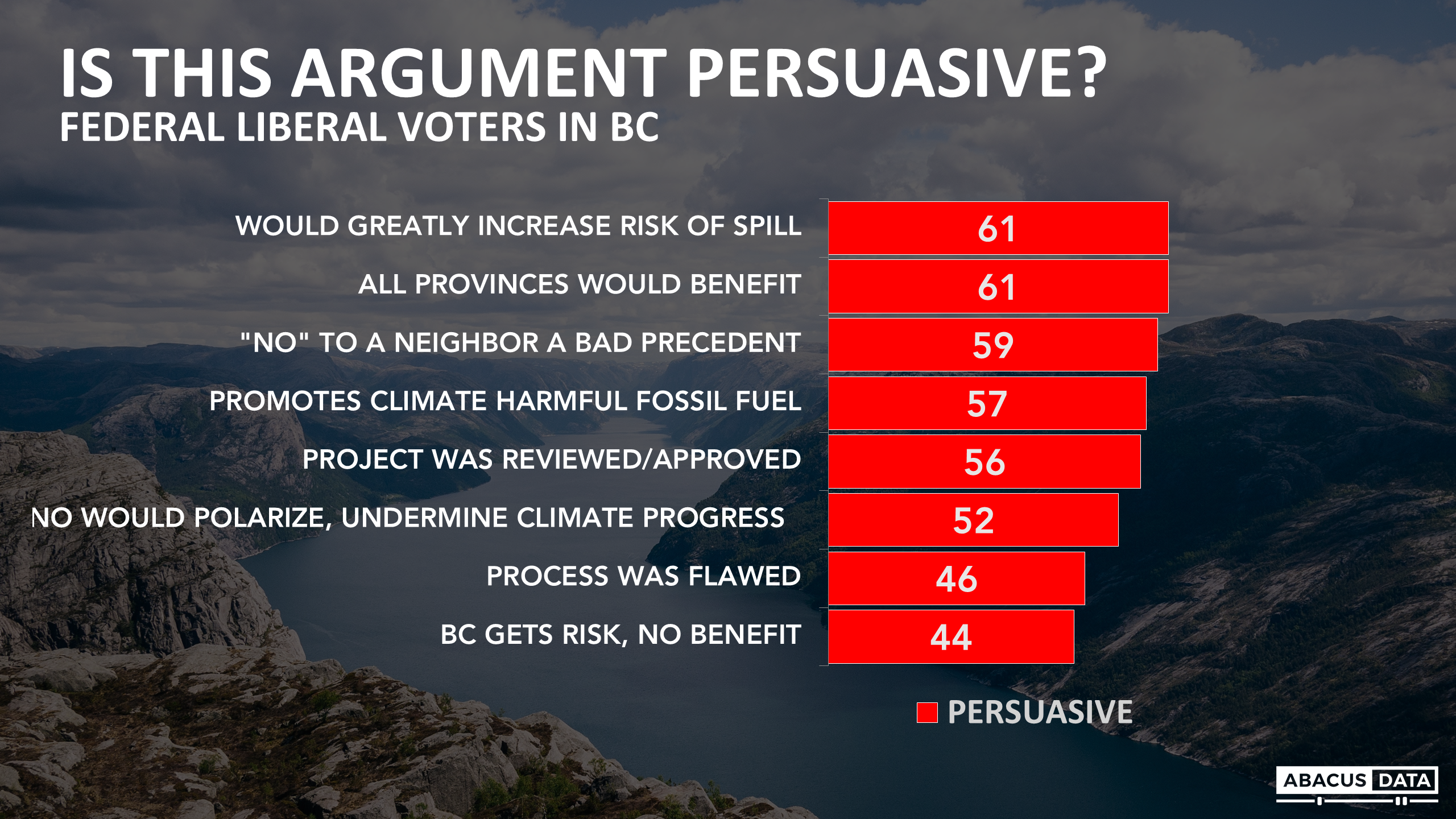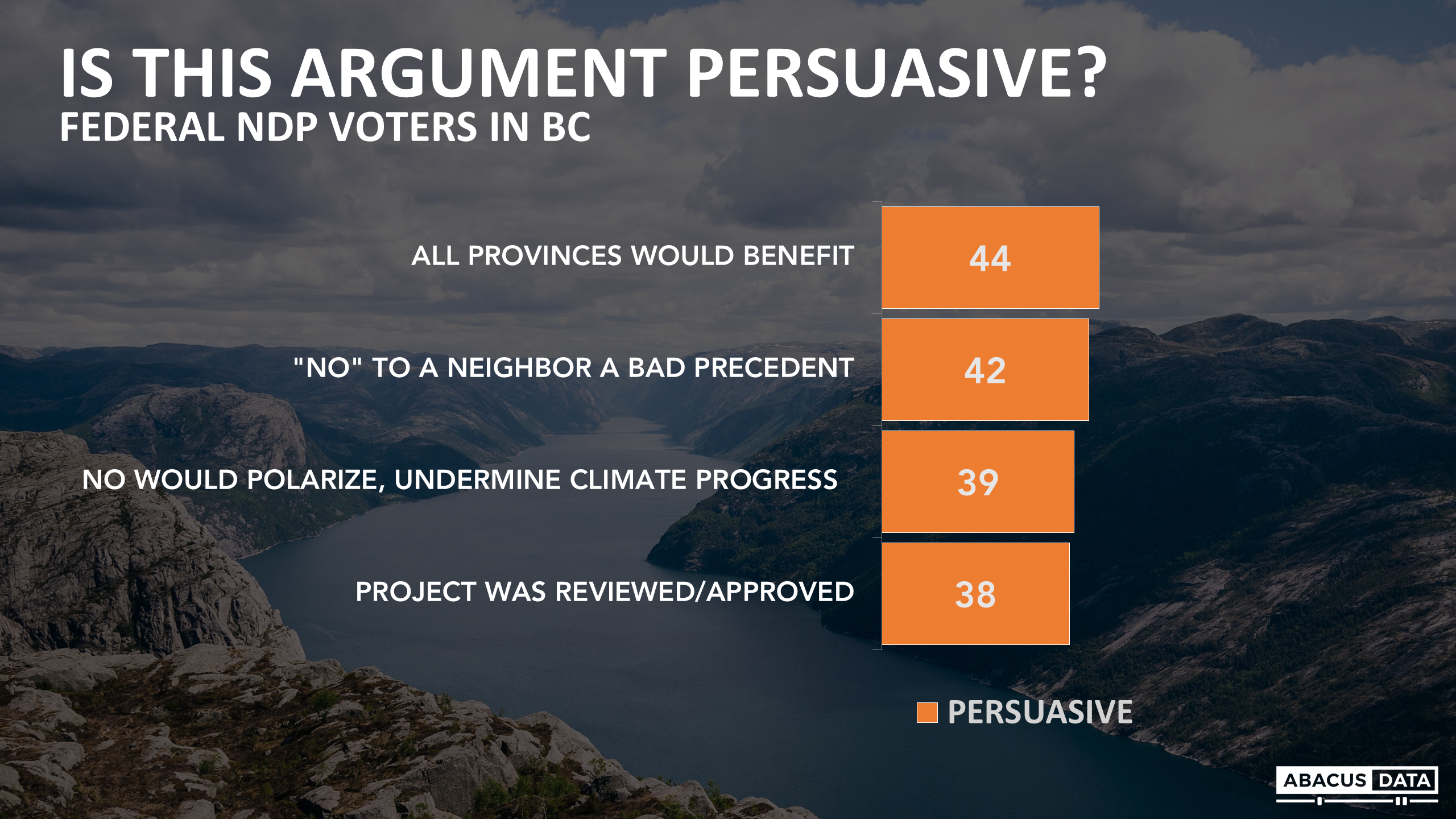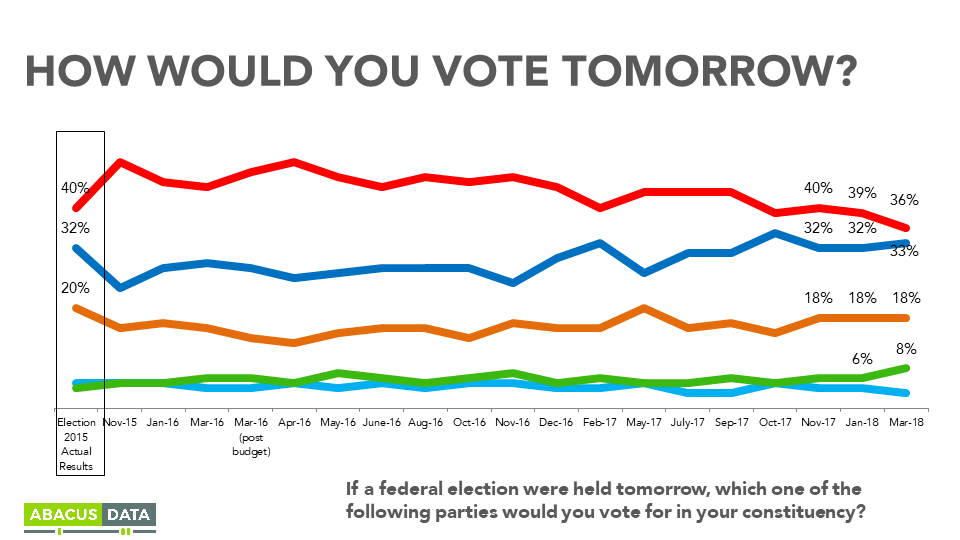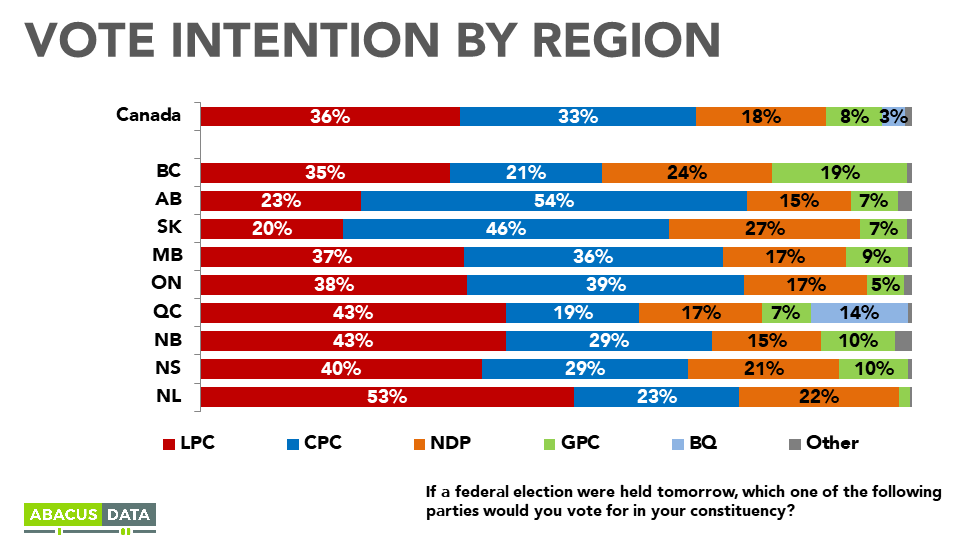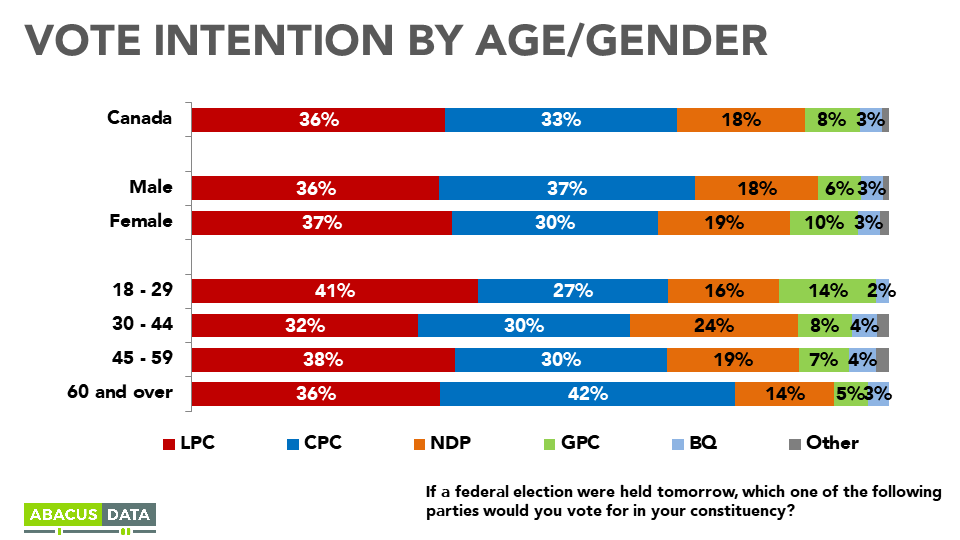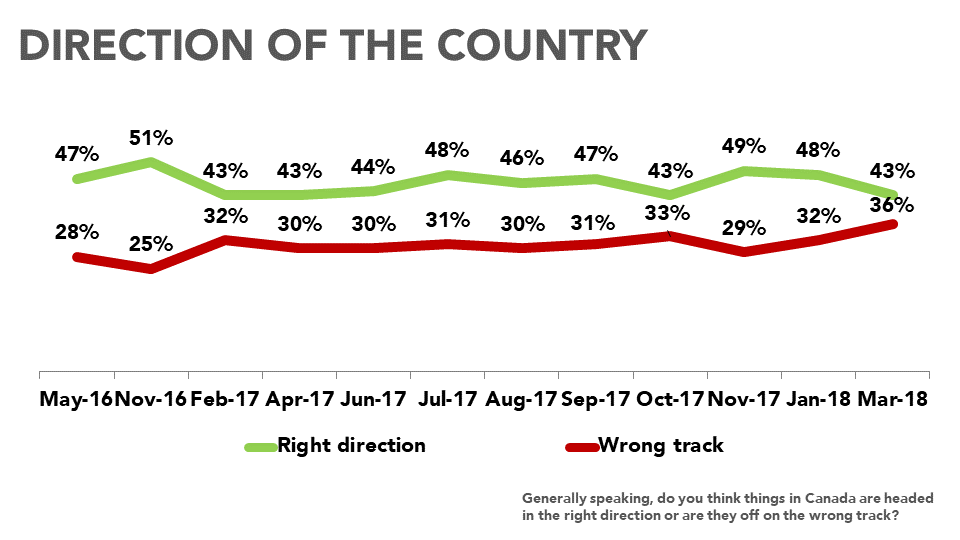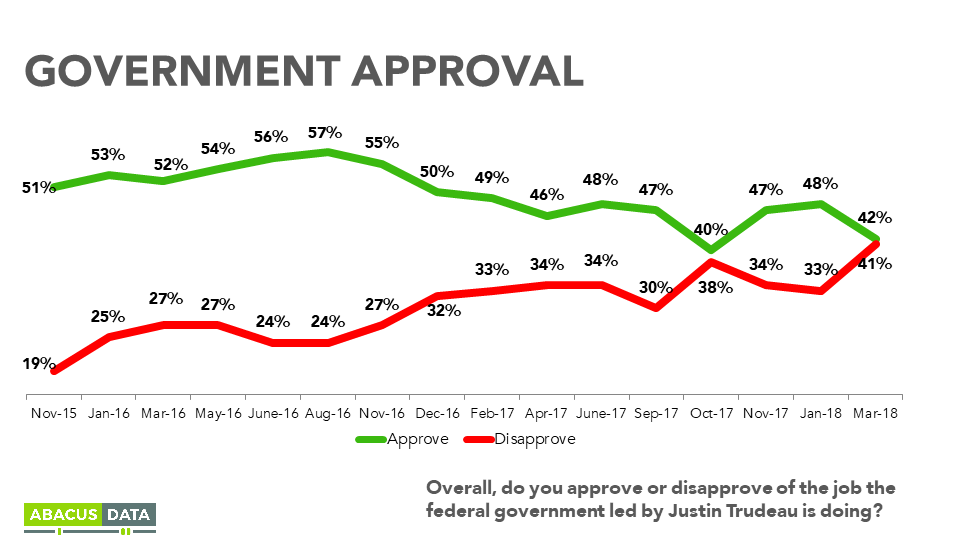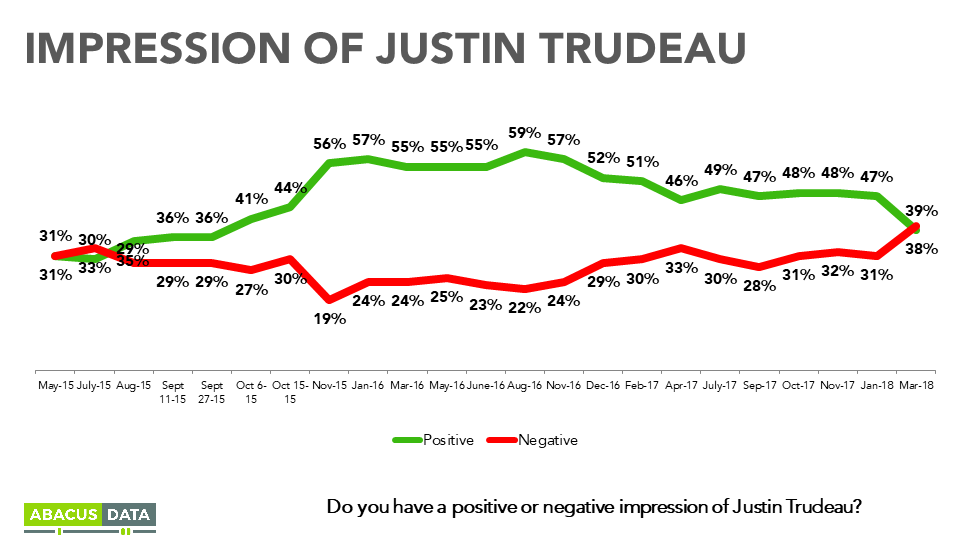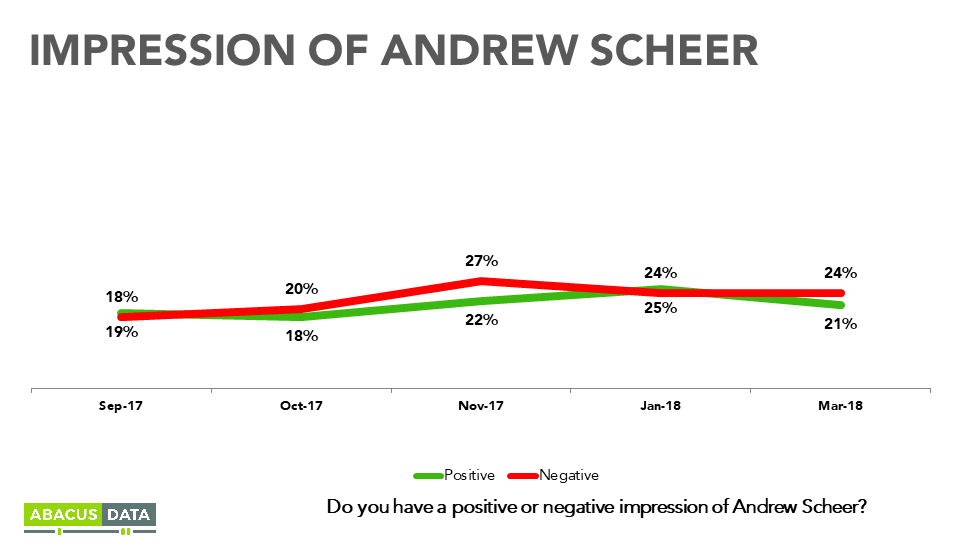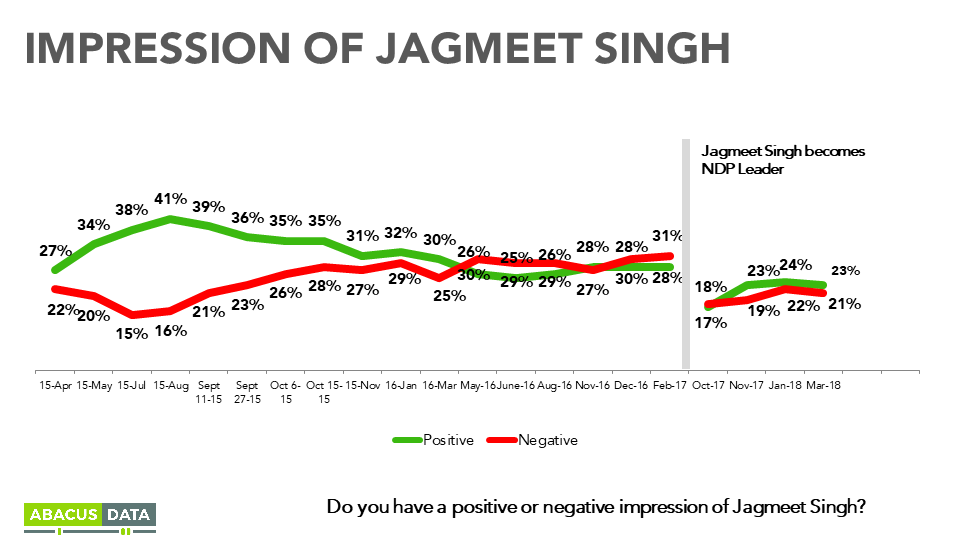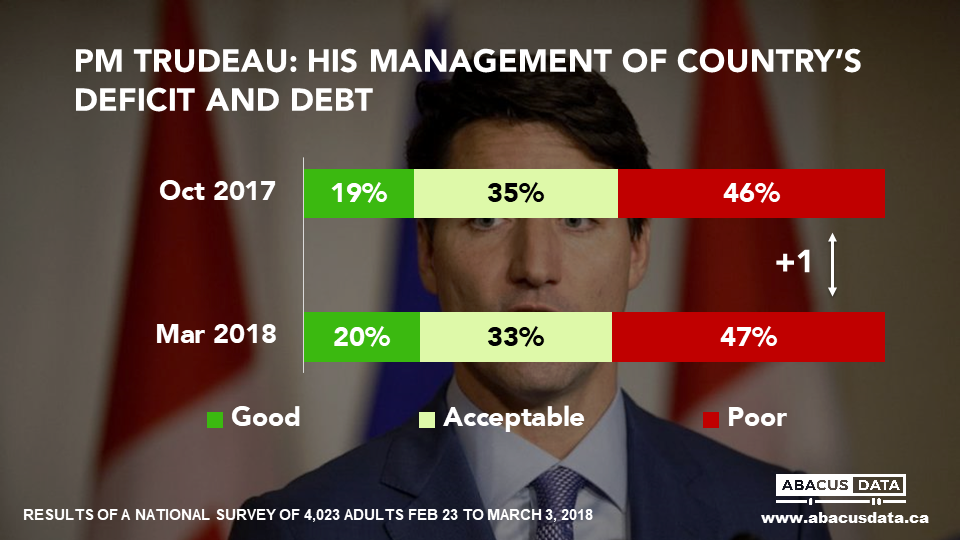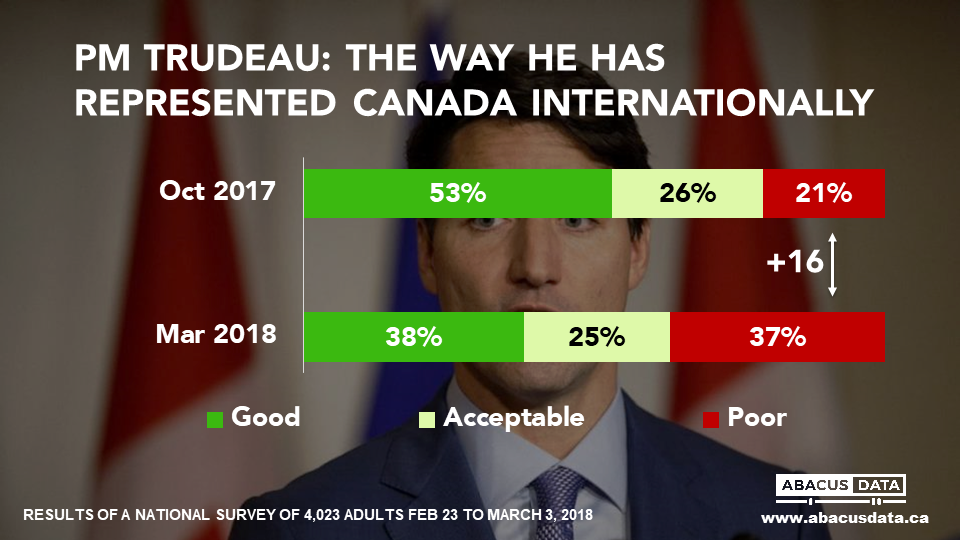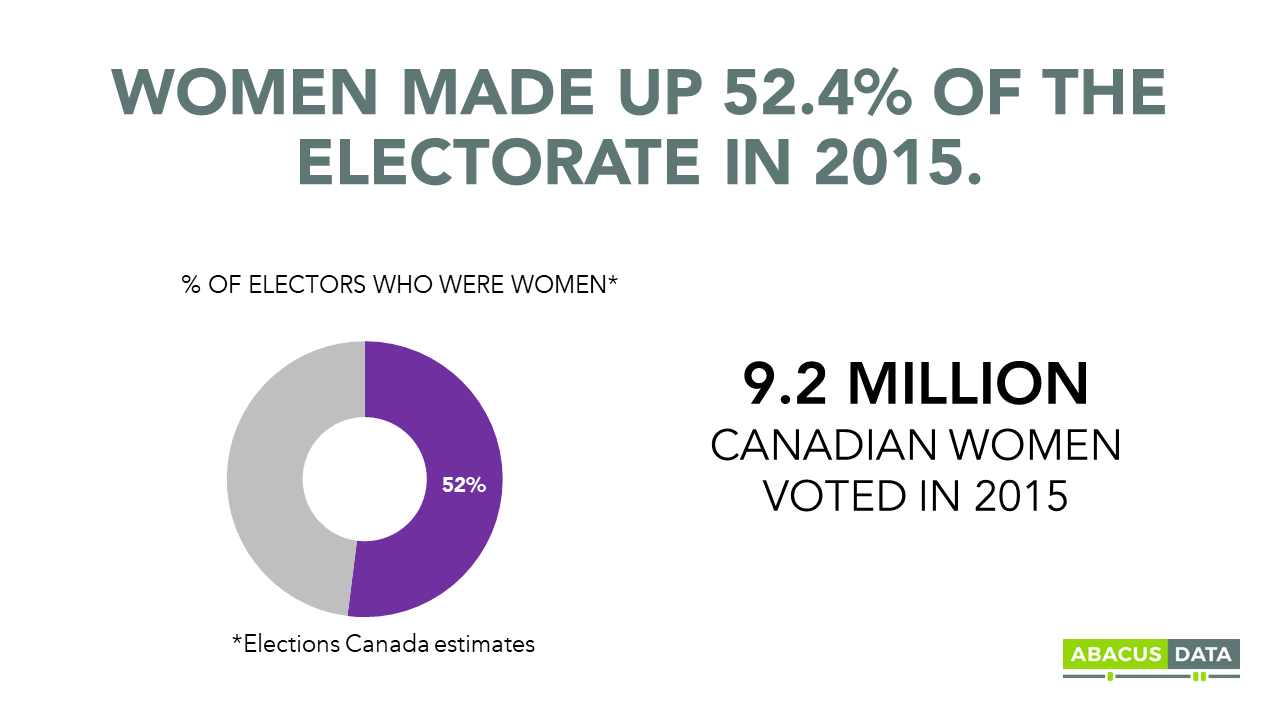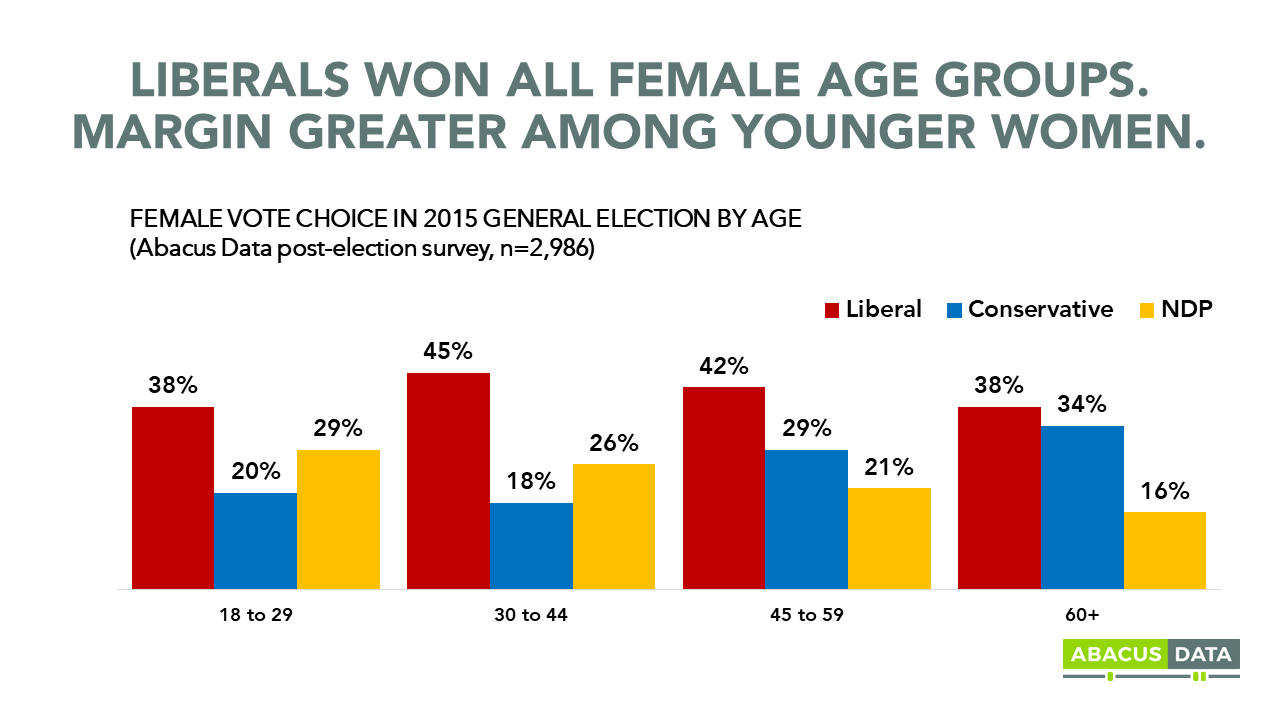Talking about my generation: Why a generational lens can help explain and anticipate behaviour
In February, I was part of a panel discussion talking about political marketing and the future of a certain Canadian political party. A fellow panelist at that session questioned the value of using generation as a tool for understanding political behaviour. To him, age was the least interesting variable that could be used to explain why people think and behaviour the ways they do. Those who have kids and own a home have far more in common, even if 20 years apart in age, than two people who are close in age but have different lifestyles or have reached different milestones in their lives. In some ways, I agree with him. A 50-year-old with children is likely to have different priorities than a 50-year old without kids. This leaves one central question – a question my team at Abacus Data has spent a lot of time exploring – do the circumstances shared by those born around the same time influence the way they think and act? If they do, then generational analysis can be a powerful tool in understanding personal and political behaviours.
If a generational lens is going to be a useful tool in explaining differences, then there must be clear differentiation between generations. So, let’s use the millennial generation as a case study and ask if those born between 1980 and 2000 are generally more similar to each other than those born in the periods before and after them.
In hearth and home
For starters, millennials were raised differently than previous generations. Think about the households they were raised in, their relationship with their parents, and the expectations bred into them. Millennials were the most planned generation in Earth’s history. For the most part the parents of millennials planned their children and prepared the environment they would grow up in. Millennials were raised

by parents who acted as their agents, curated almost every minute of their days, and encouraged them to follow their dreams and make every minute on Earth count.
They got regular feedback from those in positions of authority while the lines of authority themselves were blurred. They had access to decision makers, were far more influential in household decisions, and were regularly consulted to share their thoughts. The world was their oyster and their families and society generally were there to help make their dreams come true. It’s no wonder then that 85% of Canadian millennials agree that when growing up many people told them they could achieve anything. Optimism and hopefulness became part of their DNA. The experience during these formative years were far different from those experienced by Boomers or Gen Xers.
The environment
Now think about what was going on in the world and Canada from the early 1980s to the mid to late 2000s. While 9/11 was a seminal world event, millennials never really experienced an existential crisis experienced by earlier generations. There was no world wars, Vietnam or Cold War. The Great Recession in 2008 has certainly had an impact on their career progressions, but it didn’t influence behaviour and attitudes like the Great Depression did on my grandparents’ generation.

Instead, the big shift in our lives centred around the pace of technological change. On top of a very different upbringing, which alone would account for the generational gaps in expectations and outlook, millennials were the first generation to fully experience and grow up with the rise of the internet and digital technology. While a decline in deference was well underway since the 1980s, it accelerated because consumers, employees, and citizens had unlimited access to information that was once controlled by a handful of experts and gatekeepers. Millennials are the first digital native generation but won’t be the last. How we communicate, access information, and become informed about what’s happening in our world is fundamentally different than older generations. When we ask Canadians in the surveys we conduct, to identify their top breaking news source, the generational gap is profound. Upwards of 40 to 50% of millennials say they rely on social media platforms like Facebook, Twitter, or Instagram for breaking news. That’s about 25 points higher than all other Canadians combined and almost 40 points higher than Boomers. Now that’s a generational divide!
Canadian millennials are more likely to have traveled to another part of the world by the time their 30 than older generations. Half say they don’t believe in a god or higher power and almost half of millennial men are the primary cooks in their household. More millennial women will get a post-secondary degree than millennial men, a sharp change from earlier generations. So, in response to my fellow panelist mentioned at the beginning of this article, do I think a generational lens is an appropriate tool to understand behaviours? My answer is obviously yes. These differences have an impact on our thinking and choices, controlling for milestones or individual circumstance there are differences that can only be explained by a generational lens. Generations are not all the same, from our family upbringing, to the societal, technological, and economic environments that we grew up in a generational lens is an essential tool in your kit of analysis that you can’t leave home without.
Identifying these differences and then making sense of them, is what our work is all about. A generational lens to your analysis provides deeper insight into what motivates cohorts at work, in the marketplace and at the ballot box.
Much of this data came from the Canadian Millennials Report which is Canada’s largest reoccurring syndicated publication dedicated to understanding the views of Canadian Millennials. We survey 2,000 Millennials twice a year tracking their attitudes over time and their perceptions of current issues.
At Abacus Data we take understanding the next generation seriously. We are the only research and strategy firm that can help your business or organization respond to the unprecedented threat of generational change and technological disruption. If you want to know how your business or organization can succeed in the Millennial Marketplace.
Contact us to learn about our array of bespoke products and services that can make you an industry leader.

